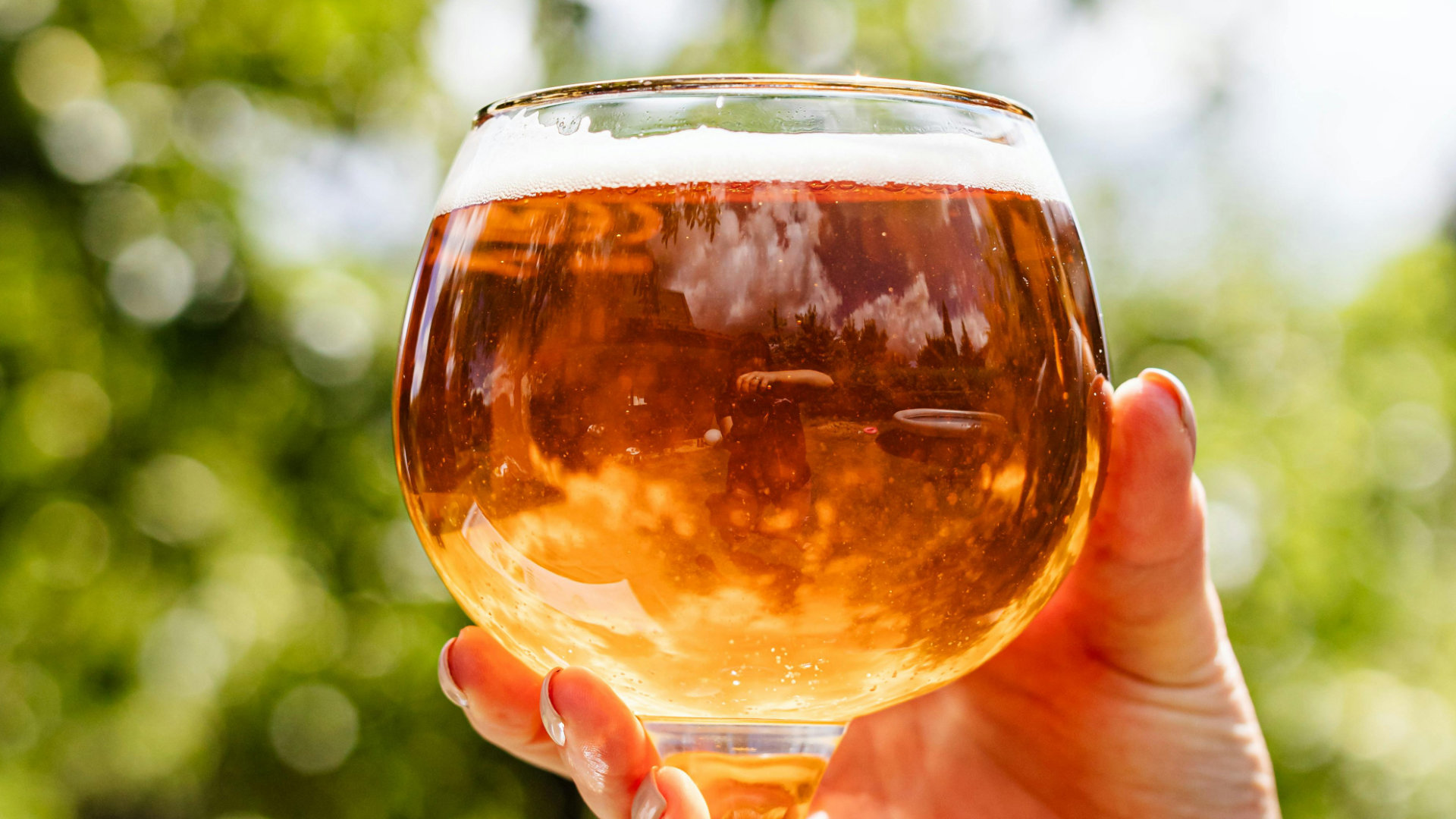Long before barley became the dominant grain in brewing, rice was quietly shaping its own legacy in the world of fermented beverages. From the misty valleys of ancient China to the ceremonial fires of India and the sleek breweries of modern Japan, rice beer has evolved from a sacred ritual drink to global refreshment. Its story is as varied and nuanced as the cultures that brew it.
Archaeological evidence suggests that rice fermentation dates back nearly 10,000 years. At the Shangshan site in Zhejiang Province, China, pottery fragments revealed traces of domesticated rice and fermentation moulds, pointing to one of the earliest known alcoholic beverages in East Asia. These early rice beers weren’t just for casual sipping they were likely used in rituals and communal gatherings, underscoring their cultural significance.
In India, rice beer has deep tribal roots. The Mishing (or Mishmi/Mising) people of Assam and communities across Jharkhand, Odisha and West Bengal have brewed traditional rice beers like Handia and Xaj for centuries. These drinks, often fermented with herbal starters like ranu tablets, are still central to festivals, marriages and ancestral rites.
Sake and Asian Traditions
Japan’s contribution to rice beer is perhaps its most globally recognised: sake. Though technically closer to a rice wine, sake shares fermentation principles with beer and has been brewed for over a thousand years. Using polished rice, koji mould and yeast, sake became a cornerstone of Japanese culture, served in temples, imperial courts, and izakayas (a type of Japanese bar serving small dishes) alike.
In Korea, makgeolli offers a rustic counterpart: a milky, lightly sparkling rice beer with a gentle sweetness and probiotic benefits. In China, Lao-Lao and other regional rice brews continue to be made with sticky rice and wild fermentation, often tied to local customs and seasonal rituals.
Rice in Western Brewing
Rice entered Western brewing in the late 19th century, when German immigrants in the U.S. faced challenges brewing with high-protein six-row barley. To lighten the body and improve clarity, they added rice as an adjunct. This innovation led to the creation of iconic American lagers like Budweiser, which still uses rice to achieve its crisp, clean profile.
Today, rice is a staple in many commercial lagers, not just for cost or clarity, but for its ability to produce a dry, refreshing finish. Craft brewers have embraced rice for its versatility, experimenting with varieties like black rice, jasmine rice, and even puffed rice to create beers with floral, nutty, or earthy undertones.











